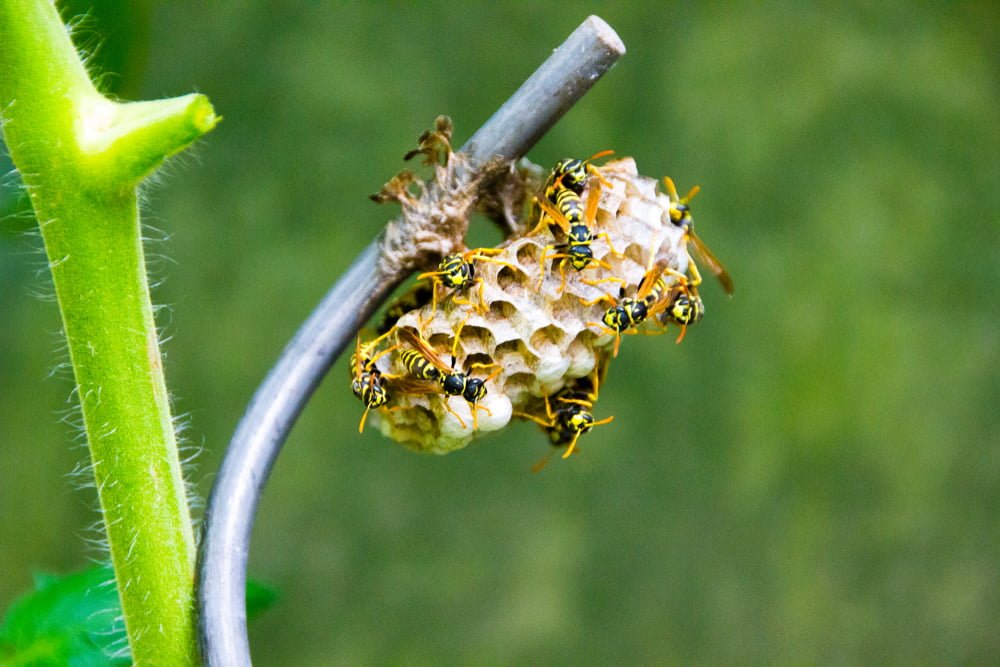In part one of this two-part blog series, we went over some of the basics on spring wasp prevention – why it’s important and some basic initial tactics to consider. Spring is an especially valuable period of the year for limiting wasp presence around your property or within your garden, as it’s one where queens become more active and begin building their nests and colonies.
At Millcreek Gardens, we offer a wide range of plant nursery and garden supplies, including several disease and pest control products and services at your disposal. In today’s part two of our series, we’ll go over a few other wasp prevention and removal techniques to consider around your garden and property this year.

Entry Patching
One of the simplest ways to prevent wasps from entering your home, even if they may be present outside: Seal all potential entryways, such as cracks or other gaps that have formed in doors, windows or other related areas. Wasps can squeeze through some pretty small cracks, and will also enter through any holes in your window screens. Ensure all these areas are covered properly.
Sealing
One additional tip to help ensure wasps never even invade your property at all, much less attempt to enter the home, involves properly sealing outdoor waste bins, compost piles and related areas. Wasps are attracted to these and the food sources they offer, but if lids are tightly sealed at all times, they’ll go elsewhere in many cases.
Peppermint Oil
Another strong prevention method for wasps is the use of peppermint oil, which can be easily mixed in with some water and dish soap in a spray bottle. Research has shown peppermint oil to be effective at limiting the presence of wasps – to the point that there are actual wasp and hornet repellants or killers on the market based on mint oil.
Wasp Traps
For situations where your property is already dealing with a significant wasp infestation, wasp traps are often a good method for ridding yourself of them. These involve a small container that has a desirable material for the wasp inside, but that does not allow the wasp to come back out once they’ve entered. There are several DIY methods available here for those who are handy, but also many pre-made traps you can purchase.
Wasp Spray
Finally, in cases of significant wasp infestations you cannot get rid of in other ways, wasp spray products may be a last resort. Make sure to choose an eco-friendly option – there are several on the market. We recommend spraying wasp nests at sunrise or sunset, periods where wasps tend to be less active and will not risk stings. Soak the entire nest and try to spray out as many wasps as possible, including ensuring beforehand that you have enough spray in the can to finish the job completely.
For more on spring garden wasp prevention and removal techniques, or to learn about any of our garden products or services, speak to the staff at Millcreek Gardens today.


